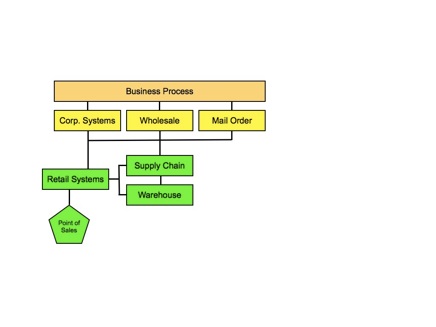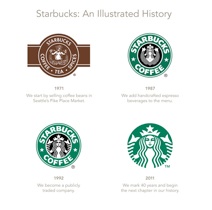Dr. Henry Hirschel Doctor of Business Administration


Starbucks Coffee














Company: Starbucks Coffee – 1988 - 1992
Industry: Specialty Foods, Retail, Manufacturing, Wholesale, Mail Order, Supply Chain
Role: MIS Operations Manager, Business Analyst, Consultant
Executive Recognition: Special recognition presented three times for management excellence.
Business Model: Starbucks Coffee had 17 retail locations and first of several rounds of funding used to execute a vision that created the foundation to today's company. The company defined itself as a specialty coffee roasting company that distributed product through retail locations, wholesale to restaurants, and directly to consumers through a mail order department.
Business Challenge: Required business solutions to support growth strategy that provided solutions for corporate, retail, wholesale, and mail-order business segments. Business process and system requirements needed to be identified and matched to system offerings that supported strategic objectives.
Results ___________________________________________
Cultural Changes: Opened sales reporting channels between store operations and corporate management. Created an environment where system design opened partnerships with business channels resulting in collaborative efforts that were difficult to monitor prior to this work being completed. Reporting tools provided consistent matrix of KPIs (Key Performance Indicators) used to compare performance of revenue and cost centers.
Process Improvement: Developed business system strategy, applying technology based tools, and supported by training used in each of the companies business channels (retail, wholesale, mail order). Documented business process with business owners. Communication between retail locations and corporate management was improved to provide metrics necessary to respond to store performance changes. Mail order systems were designed to provide knowledge of future market growth decisions.
Technology Improvement: Successful implementation of corporate ERP systems including accounting, retail, and supply chain. Mail order ERP system including catalog management, order management, and fulfillment. Wholesale ERP system for food service, order management and fulfillment. Each system was completed within budget and on schedule. These systems were key to the a successful company valuation for the IPO.
Scope of Solutions __________
